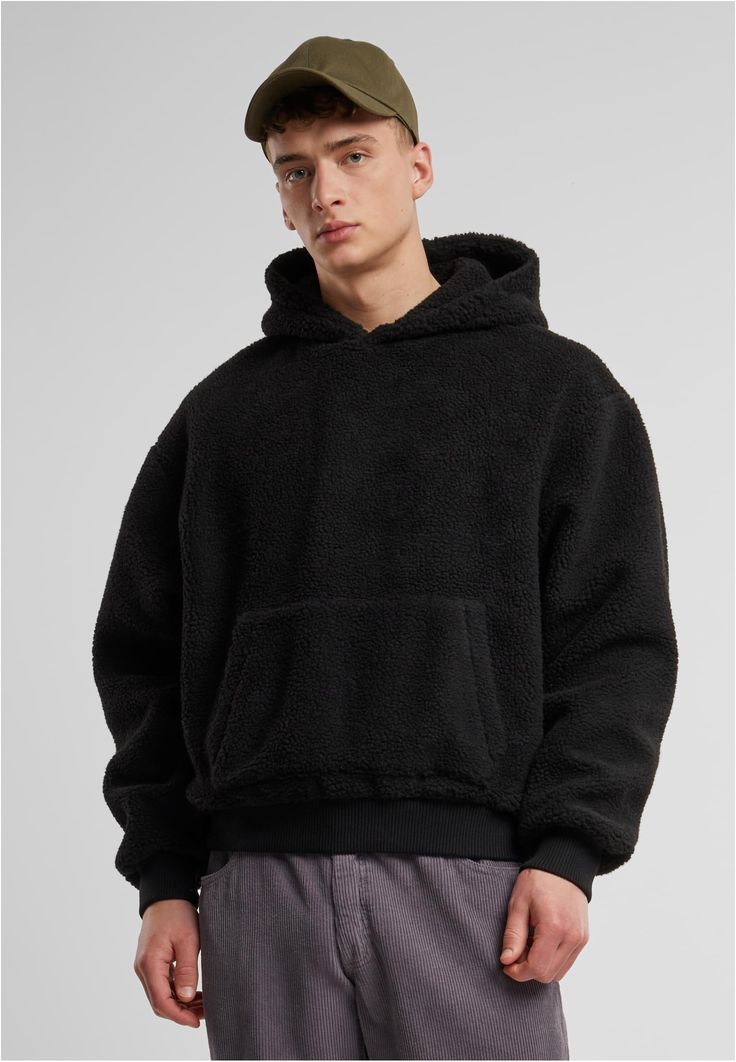
High-Tech Fashion 2025: Where Innovation Meets Design
Introduction
In 2025, the fashion industry is witnessing a remarkable convergence between technology and design, creating groundbreaking opportunities for innovation. This fusion has revolutionized how clothing is conceptualized, produced, marketed, and worn. Designers and tech engineers are collaborating to push boundaries, infusing garments with intelligent features, advanced textiles, and eco-conscious systems that enhance both aesthetics and functionality. High-tech fashion is no longer just a futuristic concept—it is a current reality shaping how individuals express identity, comfort, and sustainability.
The Digital Transformation of Fabric Engineering
Textile development has taken a giant leap forward through the integration of biotechnology, nanotechnology, and smart materials. Fabrics are being engineered to adapt to environmental changes, self-clean, or even regulate body temperature. Materials like graphene and responsive polymers are becoming common in fashion-forward collections. These textiles, developed in advanced labs, are designed to offer performance-driven solutions while maintaining visual appeal. This transformation allows designers to craft garments that are both futuristic in appearance and practical in purpose.
Wearable Technology Redefining Functionality
The incorporation of wearable technology has expanded far beyond fitness trackers and smartwatches. In 2025, clothing embedded with biometric sensors can monitor health vitals, posture, hydration levels, and stress indicators. Some fashion labels are embedding garments with microchips that connect to mobile apps, offering real-time feedback or even augmented reality experiences. These advancements elevate fashion from static attire to interactive tools that support wellness, communication, and entertainment.
3D Printing and On-Demand Manufacturing
One of the most transformative innovations in high-tech fashion is the use of 3D printing to create intricate designs that were previously impossible to produce through traditional methods. Designers can now prototype and manufacture pieces quickly, reducing waste and enhancing personalization. On-demand production ensures garments are made only when required, significantly lowering the environmental impact and aligning with the growing demand for sustainable practices. This method supports limited-run exclusivity while allowing designers to iterate and experiment with bold ideas.
AI-Powered Personalization and Styling
Artificial intelligence is playing a pivotal role in how consumers engage with fashion. From virtual try-ons to personalized styling assistants, AI is tailoring experiences to individual preferences, body types, and lifestyles. Smart mirrors in retail spaces offer interactive fitting sessions, while algorithms suggest outfits based on user behavior and mood. These tools not only streamline shopping but also empower consumers to make confident and informed style decisions without sacrificing originality or comfort.
Sustainable Innovations Through Technology
Sustainability is a driving force behind many of the technological advancements in the fashion world. Digital design tools eliminate the need for physical samples, and blockchain integration allows for transparent tracking of supply chains. Biodegradable smart fabrics and closed-loop recycling systems are being implemented to reduce waste. Solar-powered jackets, compostable sneakers, and energy-efficient production lines are redefining what it means to be eco-friendly in fashion. These innovations reflect a commitment to reducing environmental impact without compromising design integrity.
The Role of Augmented and Virtual Reality in Fashion Design
AR and VR technologies are redefining the design and retail landscapes. Designers are using virtual reality platforms to construct garments in immersive digital environments, enabling faster prototyping and collaborative feedback. Virtual showrooms and fashion weeks are becoming more mainstream, offering brands the chance to reach global audiences with minimal carbon footprint. Consumers can experience new collections through immersive virtual environments, enhancing engagement and storytelling like never before.
Cybersecurity and Digital Identity in Fashion
As fashion embraces digital spaces, questions of privacy and security become critical. With garments containing personal data and connectivity features, protecting users’ digital identity is paramount. Fashion brands are collaborating with cybersecurity experts to develop secure systems for smart clothing. Digital fashion ownership through NFTs and blockchain verification also introduces new layers of identity management, ensuring authenticity and safeguarding creative work from duplication.
Conclusion: The Future of Fashion Is Smart, Sustainable, and Sensational
High-tech fashion in 2025 stands at the intersection of creativity and innovation, with each advancement paving the way for a smarter and more sustainable industry. As consumers grow more tech-savvy and eco-conscious, the demand for thoughtful, functional, and inspiring fashion continues to rise. This transformative era is not just about wearable gadgets or futuristic fabrics—it is about reshaping culture, identity, and expression through the lens of technology and design. The journey ahead promises a bold new world where garments do more than clothe—they communicate, connect, and care.


